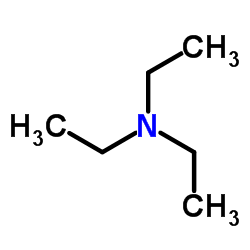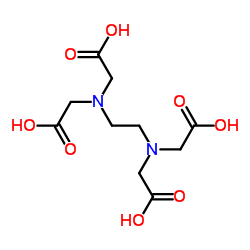| Structure | Name/CAS No. | Articles |
|---|---|---|
 |
N-hexane
CAS:110-54-3 |
|
 |
ethyl acetate
CAS:141-78-6 |
|
 |
Triethylamine
CAS:121-44-8 |
|
 |
Ethylenediaminetetraacetic acid
CAS:60-00-4 |
|
 |
Propanoyl chloride
CAS:79-03-8 |